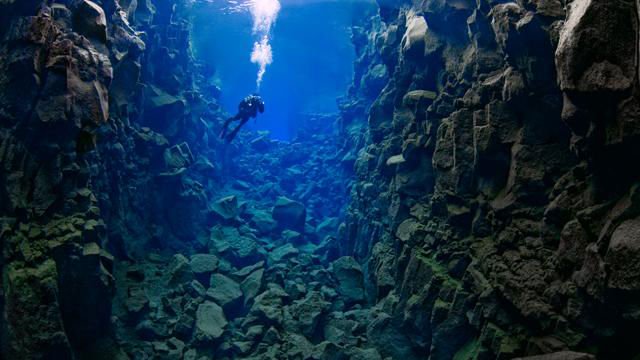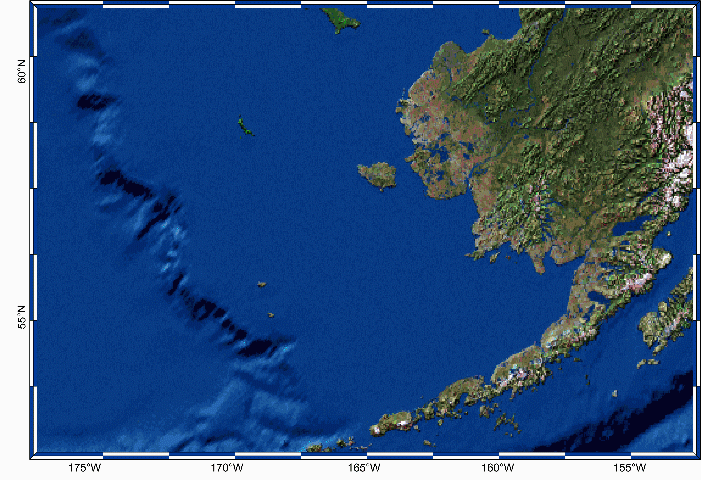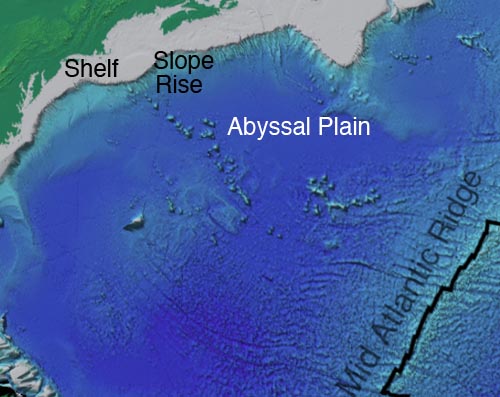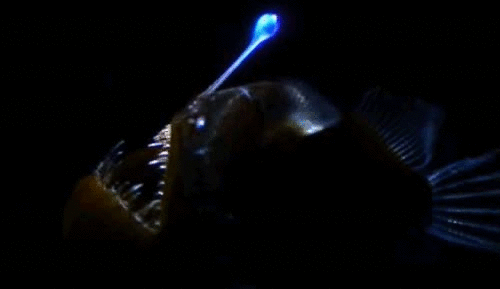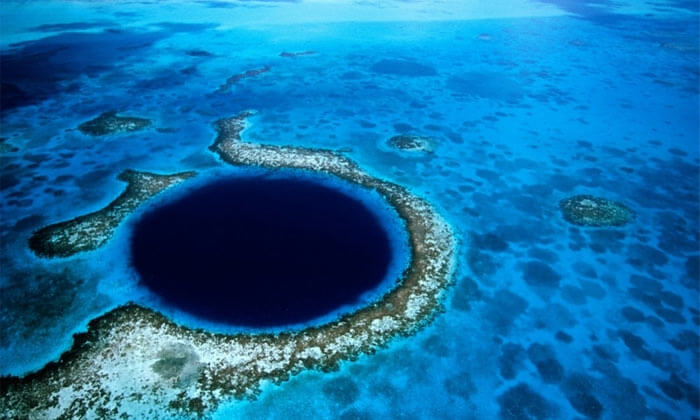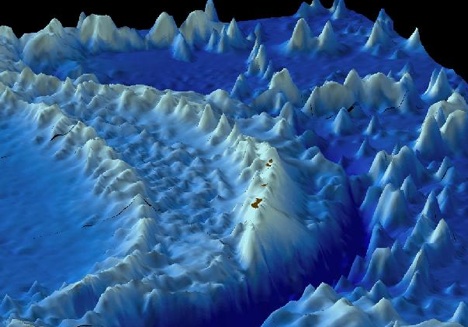Together, the continental slope and continental rise account for about 8.5 percent of the ocean floor.
Accounting for roughly about 28 percent of the total ocean floor, the continental margin comprises the continental shelf, continental slope, and the continental rise. The continental shelf starts at the shoreline and extends all the way to the shelf break. The continental rise―also characterized by a gradient, albeit gentle―lies partly on the continental crust and partly on the oceanic crust. It is, in fact, considered the transition zone between the two. In between the continental shelf and continental rise, lies the continental slope. .
❒ Though the average gradient of the continental slope is 4° (i.e., an average depth of 152 m per mile), there do exist regions where a gradient of up to 15° has been recorded. This is particularly the case at active margins.
❒ As in the case of continental shelf, the continental slope in the Pacific Ocean is steeper than the slope in the Atlantic. The Indian Ocean, in contrast, has the least steep continental slope.
❒ The continental slope can have a drop of up to 3,000 m (10,000 ft). Furthermore, if it descends into a deep-sea trench, it can have a drop of up to 10,000 m (33,000 ft).
❒ In the ocean, the temperature drops and pressure increases with depth. That explains why the water is so cold and the pressure is unusually high at the continental slope.
❒ The low light conditions in this part of the marine biome can be attributed to weak sunlight penetration, with most sunlight being either absorbed by the water at the surface or reflected back into the atmosphere.
❒ As a result of abiotic factors like cold water, pressure, and low light, very few lifeforms are found in this part of the marine biome. Unlike the continental shelf, the continental slope is devoid of vegetation and thus, doesn't attract many species.
